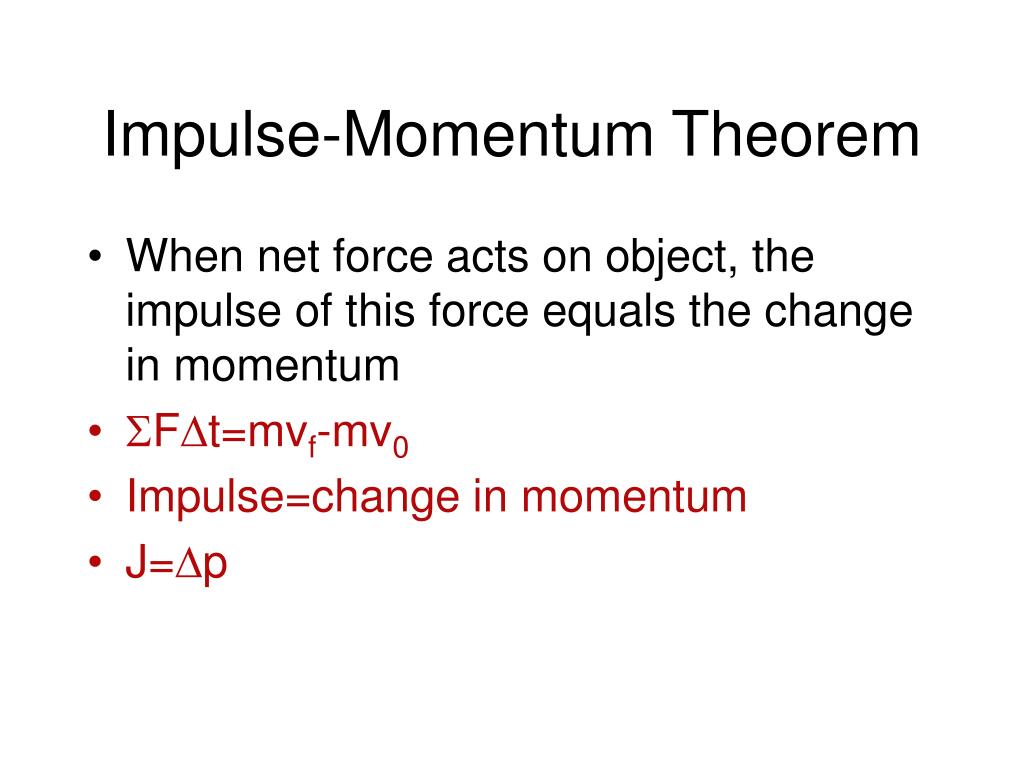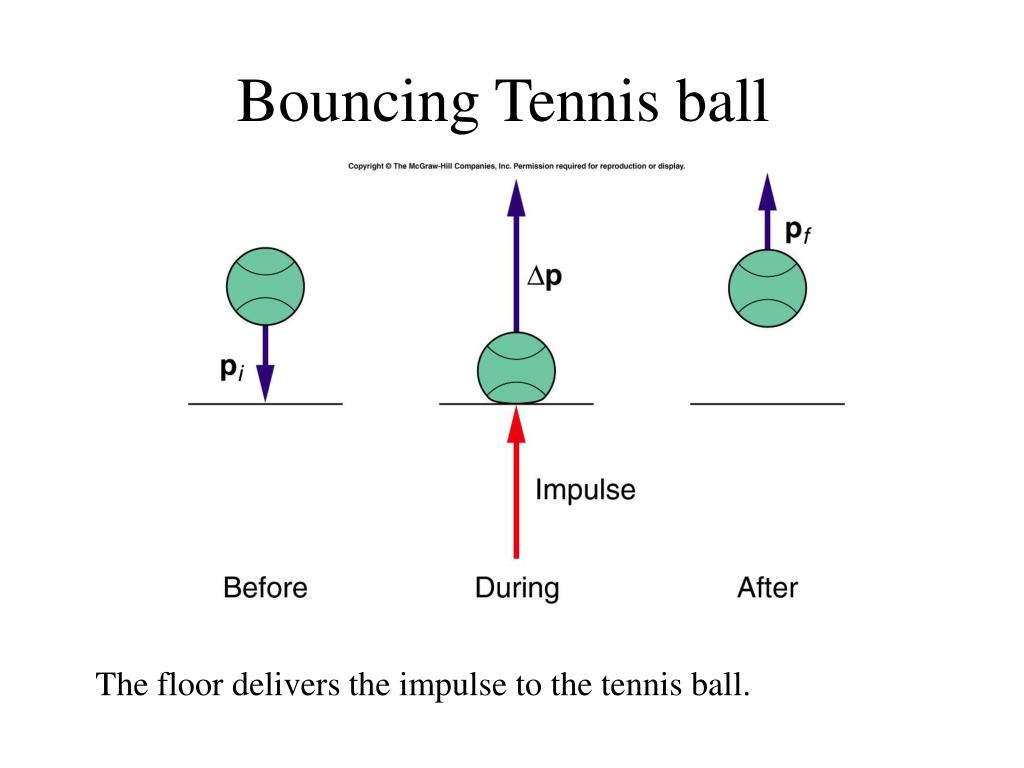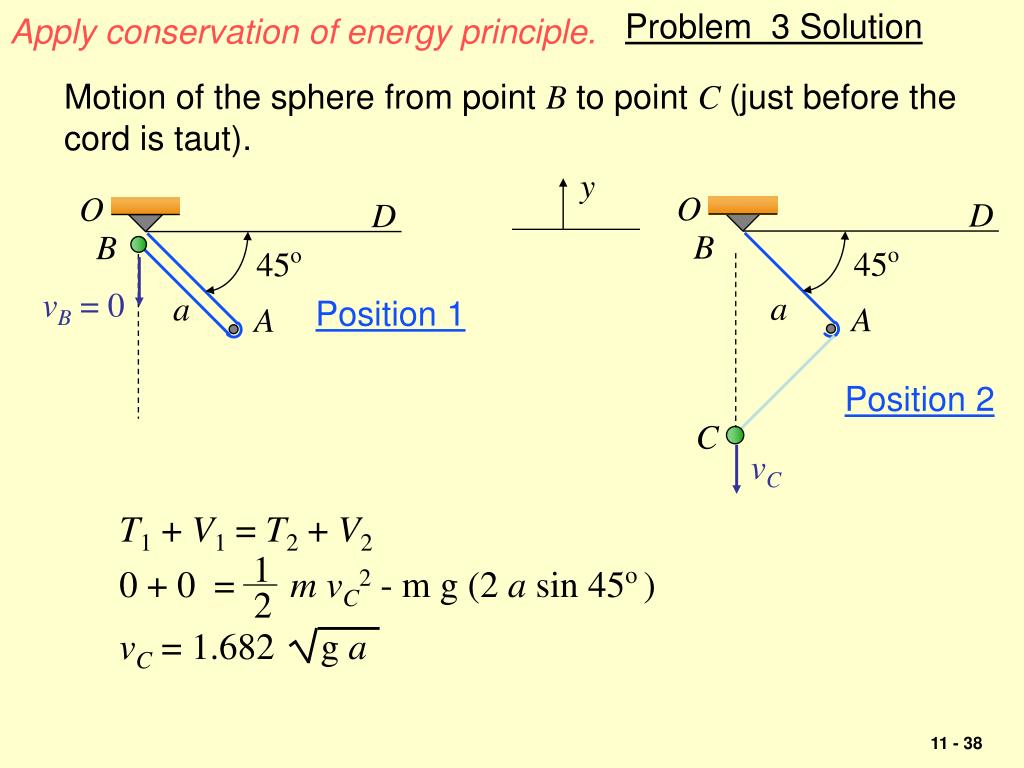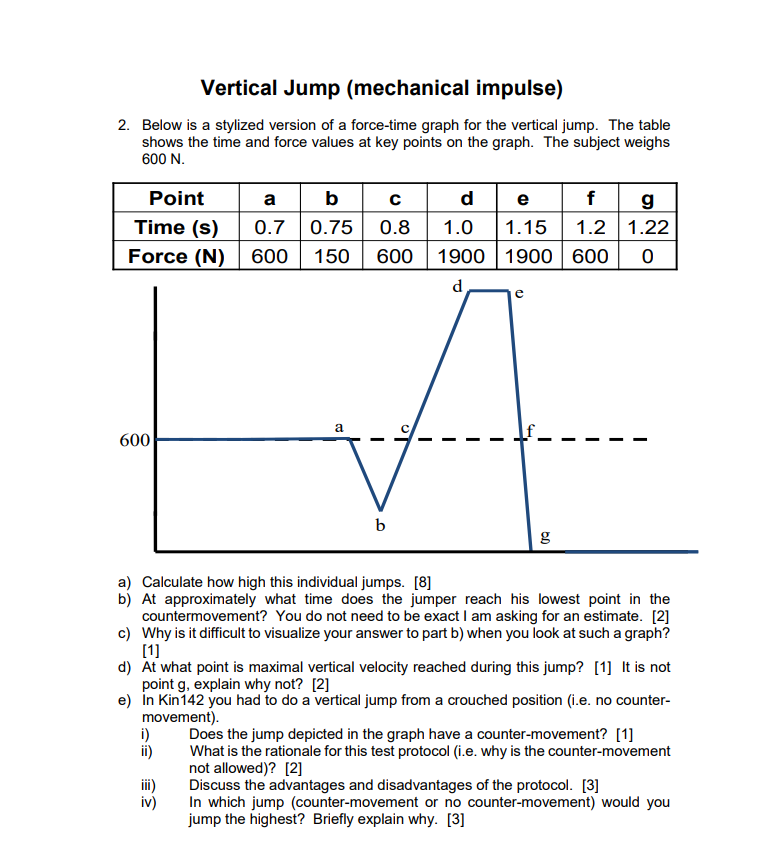

All moments should be taken about the center of mass of the body.

This moment can come either in the form of a torque directly applied to a body, or as an off-center force causing a linear and angular impulse at the same time.

For example, if you don't know several reaction forces at a particular point, taking moments about that point (where those reaction forces have zero moment arm, and will not be included in the sum of moments) may simplify your equations. When choosing which angular impulse-momentum equation to use, consider what values in the problem that you know or don't know. \Īgain, there are versions of these equations that use resultant moments about a point other than the centre of gravity, and include angular momentum about a point other than the centre of gravity. The impulse-momentum equation is simply Newton's Second Law integrated with respect to time. Generally this method is called the Impulse-Momentum Method, and it can be boiled down to the idea that the impulse exerted on a body over a given time will be equal to the change in that body's momentum. Impulse delivered 2.The concepts of Impulse and Momentum provide a third method of solving kinetics problems in dynamics. For each crate, rank the following from greatest to least: A 100N/30kg, B 75N/20kg C 50N/10kg 1. Sam pushes crates starting form rest across the floor of his classroom for 3 s with a net force as shown above. Consider case 2 in which the same object comes to a stop in 10 Consider case 1 in which the object above comes to a stop in 1 second. What is the change in the truck's kinetic energy? What is the magnitude of the change in the linear momentum of the truck? What is the directionĪn object of mass 1 kg is traveling with a constant speed of 10 m/s in the positive x-direction. In a closed system, a ball with a mass of 3 kg and aĪ 2000 kg truck traveling north at 38 km/hr turns east and accelerates to 55 km/hr. Reason: Finite change in momentum should be produced by the force. Which mathematical representation correctly identifies impulse? A. Assertion: Impulsive force is large and acts for a short time. When do you get the greatest impulse or change in momentum? a)When an object fully stops upon impact b)When an object merely slows down after impact c)When an object bounces back after impact d)All incidents have the same impulseġ. A receiver catches the ball and brings it to What is the impulse applied to the ball? b) A ball (0.5 kg) is thrown with a velocity of 15 m/s. a) WhatĪ) A tennis racket a 450 N force on a 0.05 kg tennis ball over a 0.006 s time period. Ignore the substantial friction real objects in water experience. A smaller force over a longer time will likely reduce the damage done to object undergoing a change in momentum. She dives off the 180 kg floating raft with a velocity of 4.0 m/s. Which cartĪ 60.0 kg girl stands up on a stationary floating raft and decides to go into shore. One of the carts has a total mass, including its contents, of 2.0 kg, and the other has total mass of 1.0 kg. In a closed system, two carts have a compressed spring between them.

What is the representation of the momentum vector? A. Which of these quantities is a vector? A. a) With what momentum does the dancer reach the ground? b) What impulse is needed to make a stop? c) As the dancer lands, the knees bend, lengthening the stopping time to. (The player's foot is inĪ 65 kg dancer leaps. The force of the kick is given by F(t) = N for 0 ≤ t ≤ 2.0×10-3 s, where t is in seconds. A car weighing 1600kg moving with a velocity of 30 meter per second ed uniformly coming to rest in 20 seconds calculate 1, initial momentum 2, final momentum 3, rate of change of momentum 4,acceleration of the car 5, magnitude ofĪ soccer player kicks a soccer ball of mass 0.45 kg that is initially at rest.


 0 kommentar(er)
0 kommentar(er)
